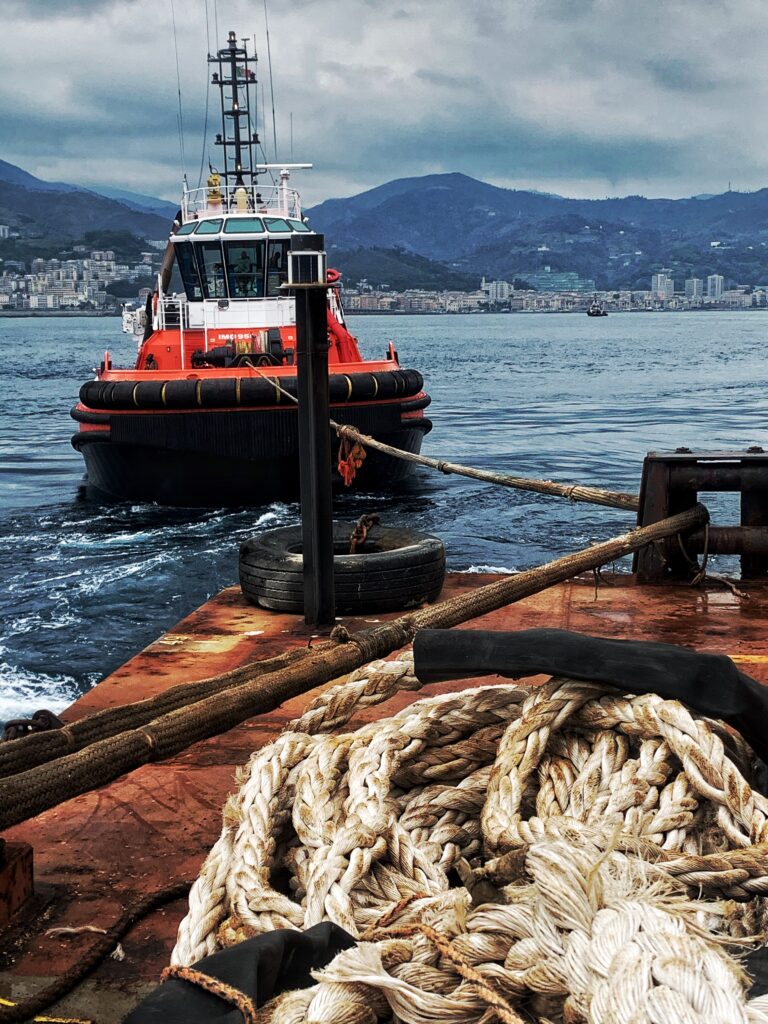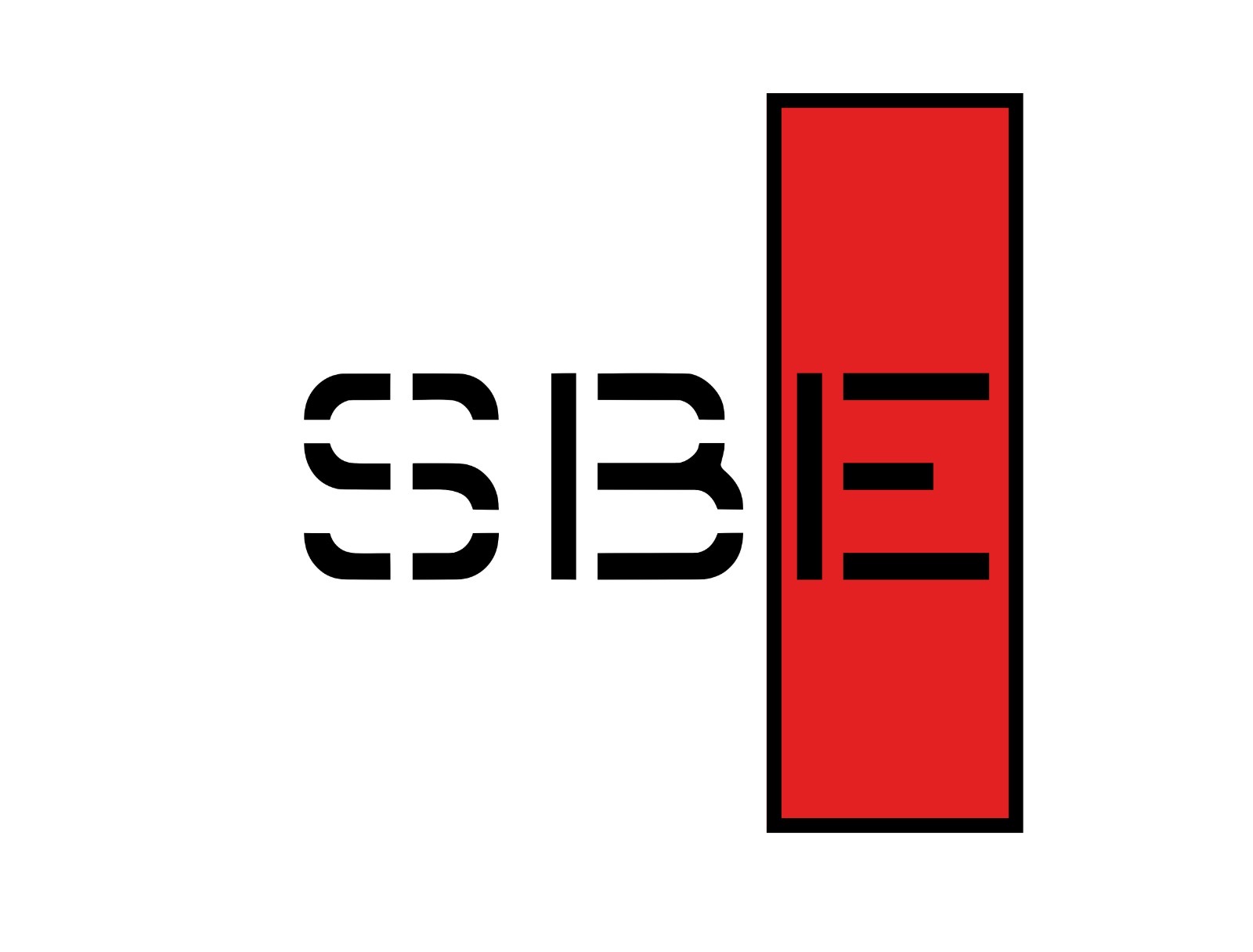The Length of the Tow Line
Determining the length of the line that connects the tugboat to the ship depends on several factors.

The lower the UKC (under keel clearance), the greater the Force the Tug has to apply to overcome the negative effect of the wash pushing on the hull; the longer the cable, the less this effect.
The type of Tug also contributes to jeopardizing the wash effect: a tugboat, fasted fore or aft, working with the thrusters away from the ship’s ends, obviously produces a minor wake effect.
However, there are several considerations to make when deciding the length of the Tug’s line:
- Type, dimension and power of the Tug.
- Measurements of the ship and height of its main deck above sea level.
- The manoeuvring space at a berth or harbour basin.
- Available stopping distance.
- Water depths.
- Ship speed and speed restrictions.
- Environmental conditions.
- Tugboat Captain Skills/Experience.
Often, the choice results from a trade-off between efficacy and influencing factors. Let’s see some consequences in choosing the towline length:
- The short Tug’s line allows a faster tug response. Tug takes less time to move from one side to another. The result is a more agile response to manoeuvring.
- Tug can work in narrow spaces, an essential peculiarity in naval gigantism in historic ports and in those situations where the manoeuvring area is limited.
- A short line allows the tugboat to approach the mooring berth to work longer before moving away due to lack of space.
- On the other hand, in the presence of waves, a short towline is more prone to break than a line that works long run. The longer the rope, the greater its elasticity.
- When the Tug has to move from one position to another, the shorter its line, the more it tends to pivot on it, producing unwanted traction forces: to move, for example, from starboard to port bow, it moves with the line in tension which makes an effect of pulling the ship ahead.
- A tugboat fasted to the bow at the short run is in a position of constant danger. Changes in the ship’s course or speed, not carefully controlled and communicated, can put it in serious difficulty – due to the consequent short time available to react.
- The Tug can precede the ship with the long towline while remaining outside the dangerous area.
- The criticality described above increases with increasing speed. The low power reserve of the tugboat engine power is not sufficient to react to unexpected events or the rise of interaction effects.
- An after Tug short fasted is affected by the wake of the ship’s propeller.
- In the long run, towing on a line makes the wake effect of the propeller irrelevant, increasing the effectiveness of the traction. Therefore, it is essential to adopt this precaution when you need to use it at the stern to keep the ship’s speed under control (for example, Escort tug); or when you have to pull out a vessel from the quay working against a severe wind.
- Coanda effect. Let us take the example of a tugboat, fasted with a short line to the starboard bow, pulling full power on a large, fully loaded oil tanker. The jet of water discharged from its thrusters hits the starboard bow of the tanker flows around, creating a low-pressure zone on the left ship’s bow. Due to the Coanda effect, the ship’s bow will tend to move to port, that is, on the opposite side of the tugboat pull. Slacking on the tugboat cable can solve this problem.
A custom – more than a rule – indicates, as the length generally used in the port towing, 1.5/2 times the size of the Tug. The effective pulling Force is in the function of the angle between the Tug’s line and the sea surface:
![]() Effective Force formula
Effective Force formula
Where FE stands for Effective Force, F is the Force developed, and 𝝰 is the angle formed between the point of application of the towing force T and the longitudinal plane, which, in our case, is the one created by the tugboat line working more or less shortly.
 Therefore, the angle 𝝰 affects the friction force developed. Increasing the angle of pull increases the vertical lifting component L that tends to lift the Tug. This Force is balanced by L1, the Tug’s apparent weight. The large the towline angle, the less L1 and relative wear due to friction on the contact point with the ship’s fairlead. And vice-versa.
Therefore, the angle 𝝰 affects the friction force developed. Increasing the angle of pull increases the vertical lifting component L that tends to lift the Tug. This Force is balanced by L1, the Tug’s apparent weight. The large the towline angle, the less L1 and relative wear due to friction on the contact point with the ship’s fairlead. And vice-versa.
This reasoning applies to a Tractor Tug ideally made fast to the ship with its stern hook. In reality, the Tug’s line starts directly from the tugboat winch and passes through the towing staple to the ship’s forecastle, where it has made fast on the bollard. This passage modifies the gaming forces, but substantially and practically, it does not change the principle’s reasoning.
Sometimes, the best choice is not to fast the Tug by opting for a push job. But we will return to this point later.
